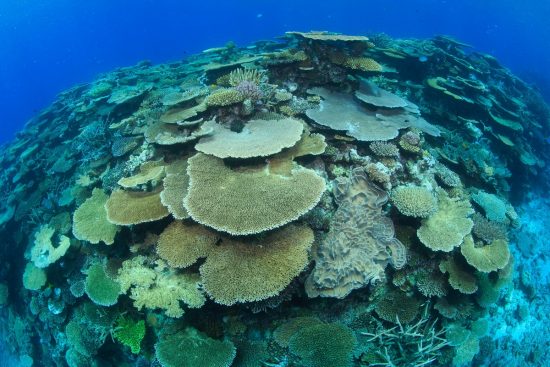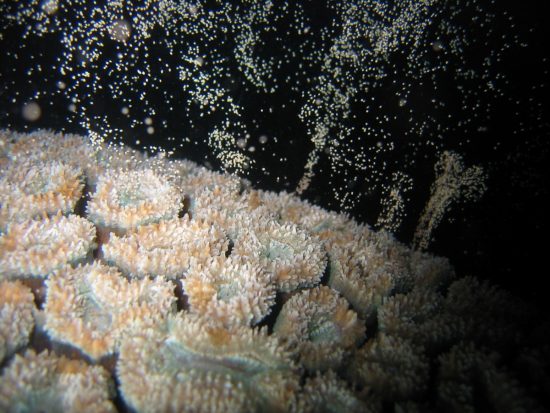




Complex underwater structures catch coral larvae
Scientists have discovered that coral larvae are dependent on their parents. By creating nooks and crannies in the reef, coral help the larvae settle and restore damaged reefs, according to a new study recently published in the Nature journal.
“Storms, floods, and coral bleaching damage coral reefs,” explained Professor Andrew Baird from the ARC Centre of Excellence for Coral Reef Studies at James Cook University. “As reefs recover from these events, they depend on free-swimming coral larvae to attach to a hard surface, grow and replenish the area.”
Complex underwater structures are created by reefs, coral colonies and crevices. Such structures generate turbulence that create eddies that catch the coral larvae.
“They can’t swim fast enough to get to suitable settlement sites on their own,” said Prof Baird. “Coral larvae depend on the structures that help shape these eddies, otherwise they are essentially lost at sea.”
Coral reefs are subjected to repeated environmental disturbances, and climate change only worsens the consequences. As a result, the new study stresses that there is an urgent need to improve our understanding of the mechanisms underlying the various recovery scenarios.
“Scientists have already shown that more complex reef habitats tend to recover faster after disturbances, but until now we didn’t know why,” said Dr Joshua Madin from Macquarie University. “We’re certain that a large part of this improved recovery is simply that more complex reef structures trap more larvae.”
Dr Madin added that new technologies that cheaply capture three-dimensional structures can be added to reef monitoring programmes to gauge reef complexity.
Some management actions that can promote reef recovery and protect reef complexity include limiting the fishing and tourism practices that damage reefs and neighbouring structures, and attracting algae-eating fish to corals so as to restrict the spread of algae which can smother corals.
Source
Link to the study
 Herbert
Herbert 31st May 2017
31st May 2017